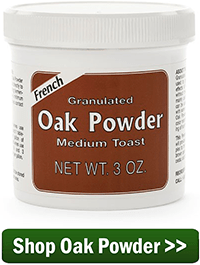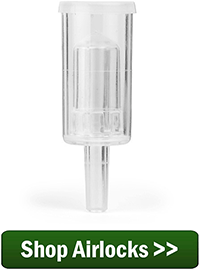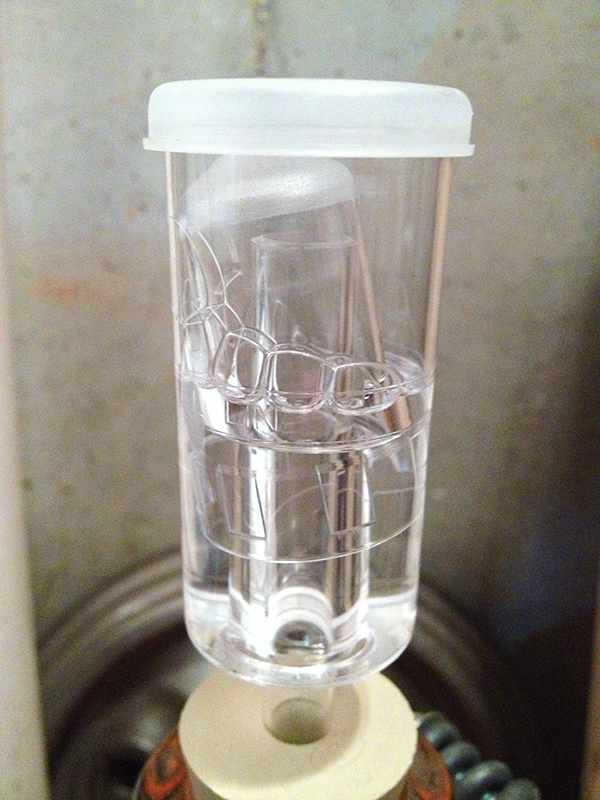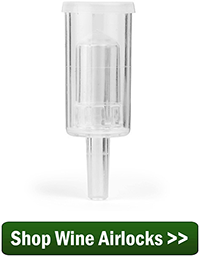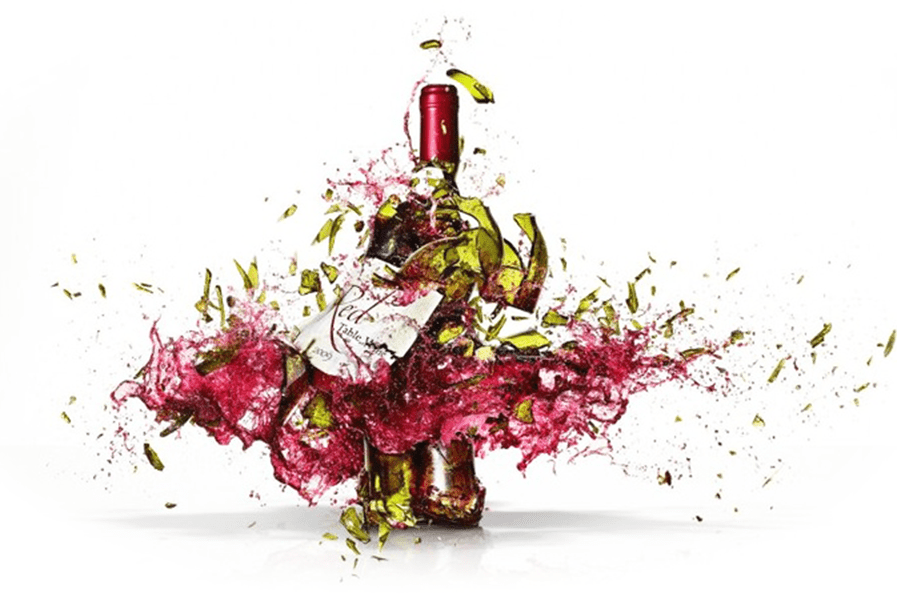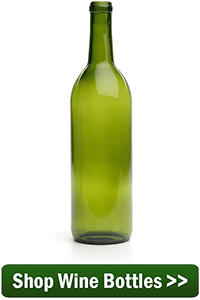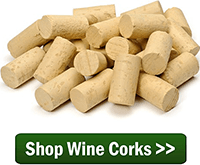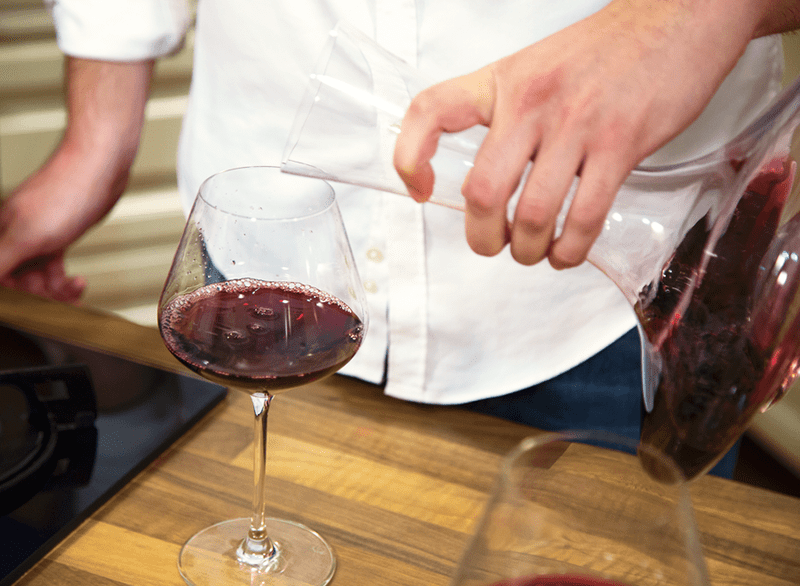 I made my first wine and it came out great. I made a Cabernet Sauvignon from one of your homemade wine kits. I started it in January and aged it with oak chips for 6 month. Then bottled. It still tastes a little young. Something I do not understand is that it taste better after I let it sit out for a few hours. Why does it improve when left out?
I made my first wine and it came out great. I made a Cabernet Sauvignon from one of your homemade wine kits. I started it in January and aged it with oak chips for 6 month. Then bottled. It still tastes a little young. Something I do not understand is that it taste better after I let it sit out for a few hours. Why does it improve when left out?
Jason
—–
Hello Jason,
Thanks for the great question! I believe you have stumbled upon something that is, in large part, ignored by most home wine makers. What we are talking about is allowing the wine to breathe.
It is important to understand what is meant when we say breath in this context. We are not talking about taking breaths as a living thing would, but rather, we are talking about decanting the wine and allowing it to react to the air. The wine is being freed from the suffocating confines of a wine bottle and cork.
To let the wine breathe the bottle is normally poured into a carafe. The wine is simply allowed time to sit. But unlike the hours you mentioned, the wine only needs to be given maybe 10 or 15 minutes when using a carafe. If you are just popping the cork from the wine bottle the effect will take longer and not be quite as dramatic. Using a carafe significantly cuts down how long you need to let the wine breathe.
When allowing a wine to breathe some chemistry takes place. First, fumes release from the wine. Any off, volatile gases that may have built up while in the wine bottle are given the time to release and dissipate. Also, the natural bouquet or aroma of the wine is also allowed time to develop and blossom.
The second process is the wine starts a subtle, oxidative exchange with the air. This reduces the harshness of the wine’s tannin structure. It rounds-off the rough edges of the wine’s flavor. This gives the wine a more mellow character.
Both of these processes can dramatically alter the character of the wine. The operative word here is “can”. Sometimes allowing a wine to breathe can cause just as much damage as it can help. In some cases, it may make no difference at all.
For example, older wines that have fully aged tend not to do to well when allowed to breathe. Their tannin structure is more fragile and more susceptible to collapsing. This will cause the wine to take on a flat or flabby character.
The better wine candidate is a younger, red wine. One with a lot of body and tannin, but has not yet had enough time to take fully advantage of aging. This brings us back to the Cabernet Sauvignon you made: a lot of tannic structure with layers of flavors waiting to be developed.
To sum up, allowing your wines to breathe is something I suggest you experiment with, but you don’t need to let your wine sit out all night. It’s not necessary. A half hour is the maximum amount of time I would recommend. And, don’t automatically allow all wines time to breath, only do so with fuller-bodied, red wines that can still use some aging.
Happy Winemaking,
Ed Kraus
—–
Ed Kraus is a 3rd generation home brewer/winemaker and has been an owner of E. C. Kraus since 1999. He has been helping individuals make better wine and beer for over 25 years.


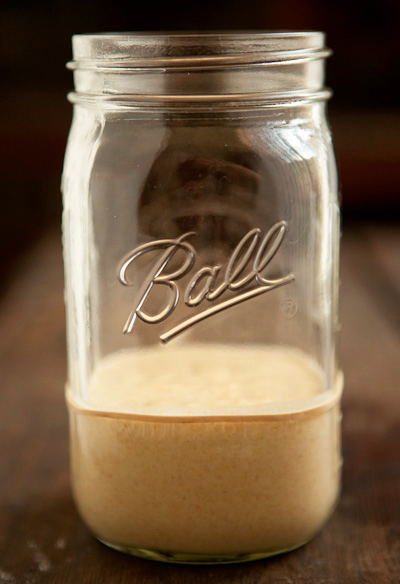
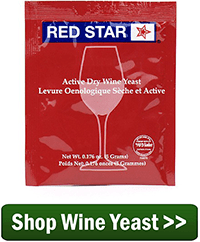
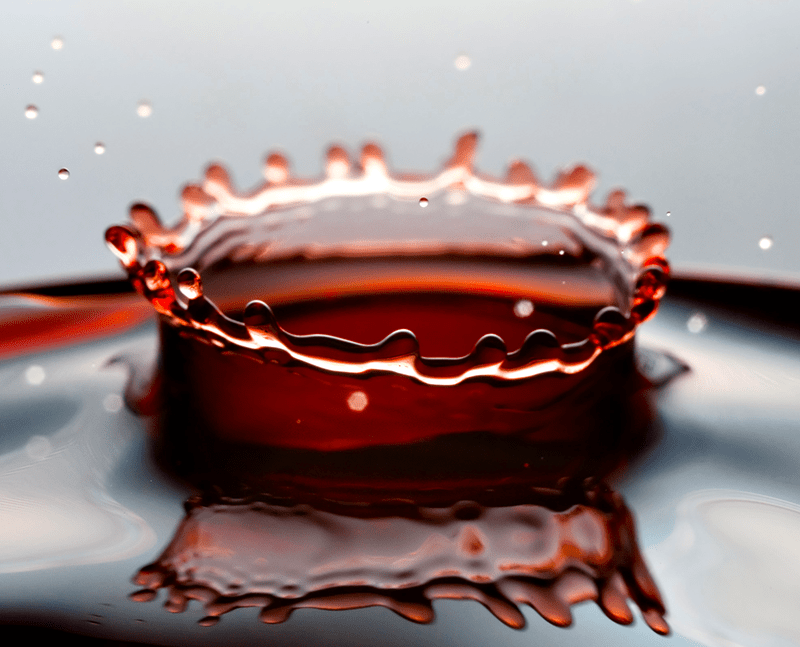

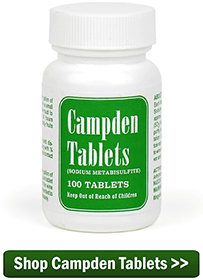
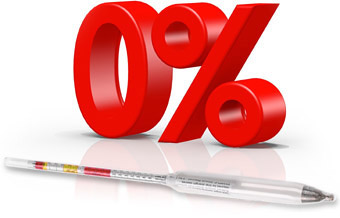
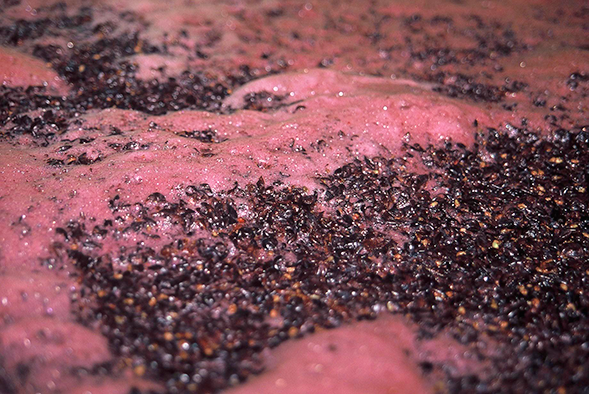
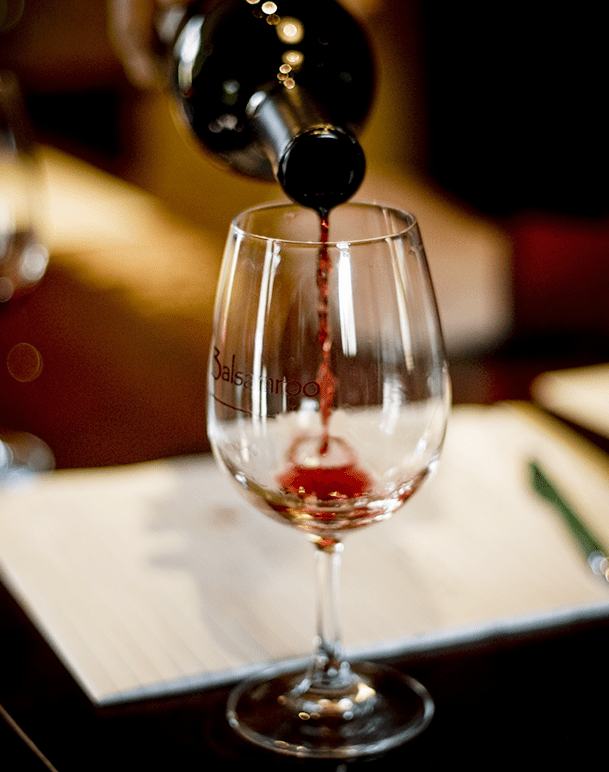 Yesterday, I posted
Yesterday, I posted 